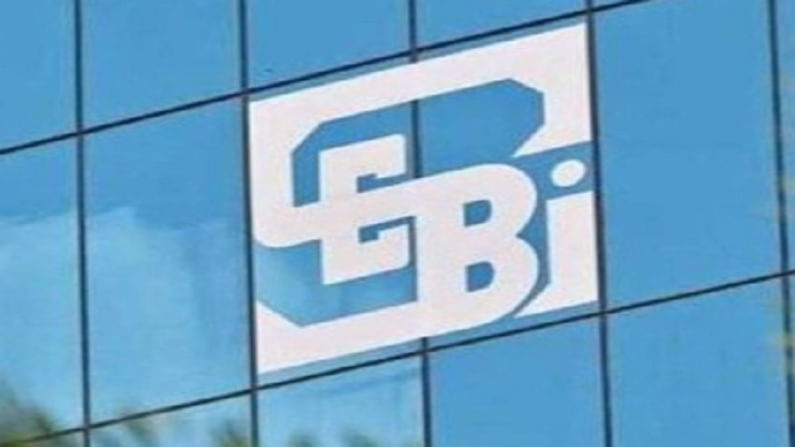Sebi proposes minimum price band for IPOs
A minimum price band of 5 per cent for public issues through book built process and sub-categorisation of non-institutional investors.

With the second half of FY22 lined with a slew of IPO (initial public offerings) markets regulator, Sebi on Monday proposed a minimum price band of 5 per cent for public issues through book built process and sub-categorisation of non-institutional investors. This comes after Sebi noticed that the price band provided by issuer companies on the mainboard are extremely narrow.
Sebi believes that a narrow price band presents an opportunity to an issuer company to camouflage a fixed price issue as book built issue, thus circumventing the conditions/regulations attached to the fixed price method especially related to allocation methodology.
To be fair and get market participants perspectives Sebi has invited comments on its proposals in a consultation paper for review of price band and book building framework for public issues. The comments can be submitted till October 20, 2021.
Several concerns were deliberated upon by the Primary Market Advisory Committee (PMAC). “The objective of fair and transparent price discovery mechanism in a book built issue appears to have been diluted over time due to evolving market practices,” it said.
PMAC recommended that a minimum price band in case of all public issues through book built process may be set at 5 per cent. This would mean that the upper price shall be at least 5 per cent more than the floor price.
Sebi has also asked if there is a need for a minimum price band in public issues and if so, what should it be.
As per the Issue of Capital and Disclosure Requirements norms, an initial public offering (IPO) can be made through two methods — book building or fixed price method.
In the case of the book building method, the issuer provides a price band wherein the upper end should not be higher by more than 20 per cent of the floor price.
Sebi also expressed concerns with respect to the current methodology of proportionate allotment to non-institutional investors (NIIs), which carries a certain risk where very large applications by few NIIs results in crowding out of other NIIs.
The regulator analysed oversubscribed IPOs during January 2018 – April 2021 and observed that in 29 IPOs, on average around 60 per cent of applicants in the NII category did not get any allotment. “It is expected that any public offering should aim to provide as diverse offering as possible with equitable opportunity at retail and non-institutional level,” Sebi said.
Since smaller NIIs are getting crowded out, the committee proposed sub-categorisation of NIIs into two categories.
In the first sub-category, one-third of the allocation earmarked for NIIs shall be for application sizes in the range of above Rs 2 lakh and up to Rs 10 lakh.
For the second sub-category, it has been proposed that two-thirds of the allocation earmarked for NIIs be for applications above Rs 10 lakh.
“Further, proportionate allotment in case of NII category may be discontinued and draw of lots allotment to be introduced, as is currently applicable for RII (retail individual investors) category,” the committee’s proposal noted.
Download Money9 App for the latest updates on Personal Finance.
Related
- देश का विदेशी मुद्रा भंडार 4.47 अरब डॉलर घटकर 688.1 अरब डॉलर पर
- मौद्रिक नीति पर निर्णय से पहले सेंसेक्स 308 अंक टूटा, निफ्टी भी नुकसान में
- जी एंटरटेनमेंट के शेयरधारकों ने प्रवर्तक संस्थाओं से 2,237.44 करोड़ जुटाने के प्रस्ताव को किया खारिज
- 15 जुलाई तक मक्का, धान की फसलों का बीमा कराएं किसान: हमीरपुर जिला अधिकारी
- सेंसेक्स की शीर्ष 10 कंपनियों में से नौ का बाजार पूंजीकरण 2.34 लाख करोड़ रुपये बढ़ा
- नेस्ले इंडिया के निदेशक मंडल के 1:1 बोनस शेयर जारी करने को दी मंजूरी दी

